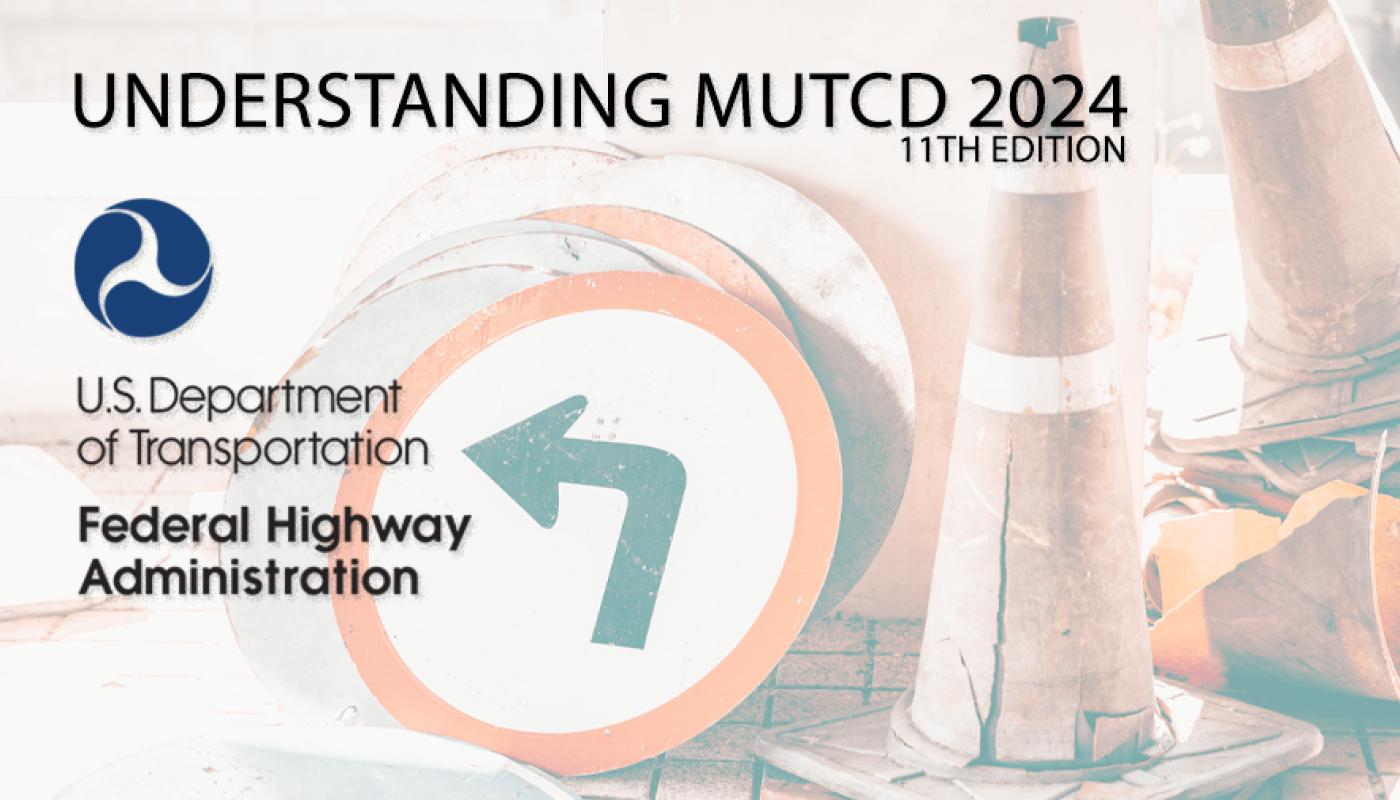1. RRFBs: Now Officially MUTCD-Approved
Section 4L
The highly effective Rectangular Rapid-Flashing Beacons (RRFBs) are now officially included in the MUTCD. Previously under Interim Approval 21, RRFBs have shown yielding rates as high as 98%, making them essential for uncontrolled pedestrian, school, and trail crossings. In addition, the 11th edition expands their use to crosswalks at free-flow turn lanes and intersections with multiple uncontrolled approaches. The familiar wig-wag plus simultaneous (WW+S) flash pattern remains a requirement for RRFB systems.
2. Speed Limit Setting: A Shift from the 85th Percentile
Section 2B.21
The 11th edition introduces new considerations for setting speed limits, particularly in urban and suburban environments. While the 85th percentile rule still exists, it’s no longer the default for these areas. Instead, factors such as roadway characteristics, crash history, and traffic distribution should play a more significant role in determining speed limits. Engineering studies remain the standard for setting limits, ensuring safety is prioritized.
3. Changeable Message Signs: Focus on Clarity
Section 2L
To prevent confusion on roadways, the 11th edition mandates that changeable message signs focus on operational, regulatory, warning, and guidance information. Gone are the days of catchy, non-traffic-related messages. Pop culture references or indirect messages — though fun — are now discouraged to prevent misunderstandings and ensure safety.
4. Accessible Pedestrian Signals (APS): Simplifying Requirements
Sections 4K, 4D
Accessible Pedestrian Signals (APS) now have their own dedicated chapter, with updates that make it easier to implement them without requiring an engineering study. This shift aligns with ADA and Section 504 of the Rehabilitation Act, allowing cities and planners to install APS systems more freely where necessary.
5. Crosswalk Markings: Higher Standards for Safety
Section 3C
With a growing emphasis on protecting vulnerable road users, the new edition mandates more stringent crosswalk marking guidelines. All non-intersection crosswalks must now be marked, and high-visibility markings are recommended for uncontrolled crossings. The minimum width for crosswalks has also been increased to six feet, with specific requirements for roads with speed limits over 40 mph.
Conclusion: These changes signal the ongoing evolution of traffic safety standards. While the new MUTCD 11th edition officially took effect on January 18, 2024, states have two years to fully adopt and implement the guidelines. As the traffic safety landscape continues to grow more complex, these updates ensure we stay aligned with modern challenges and solutions.
